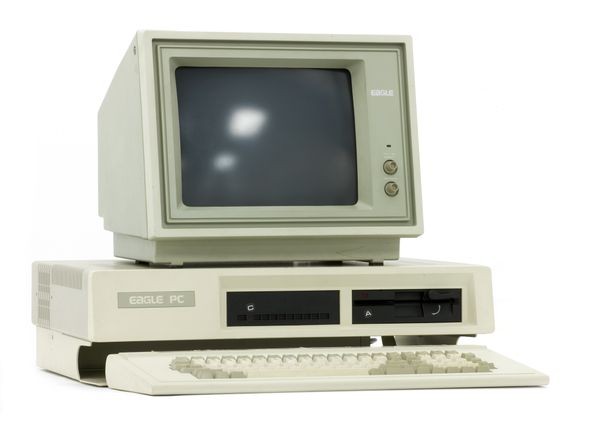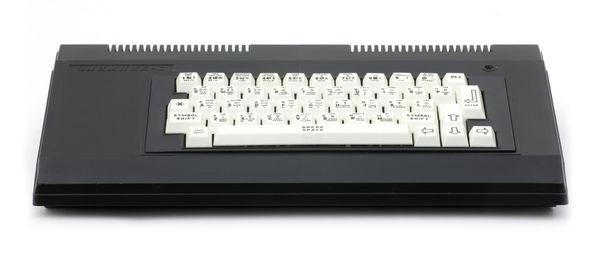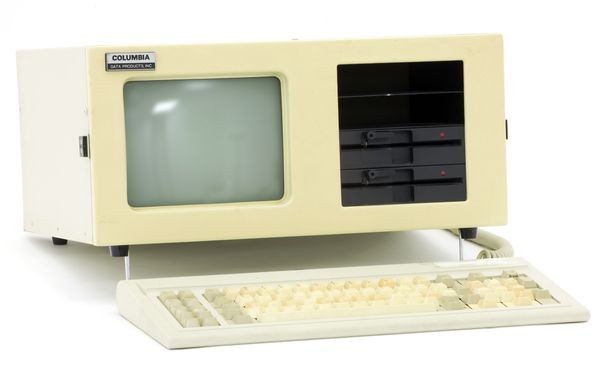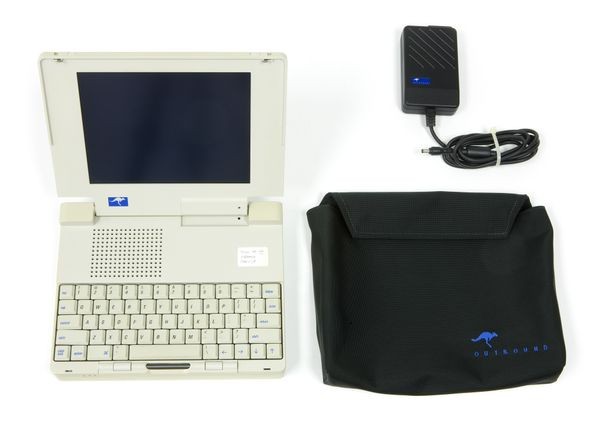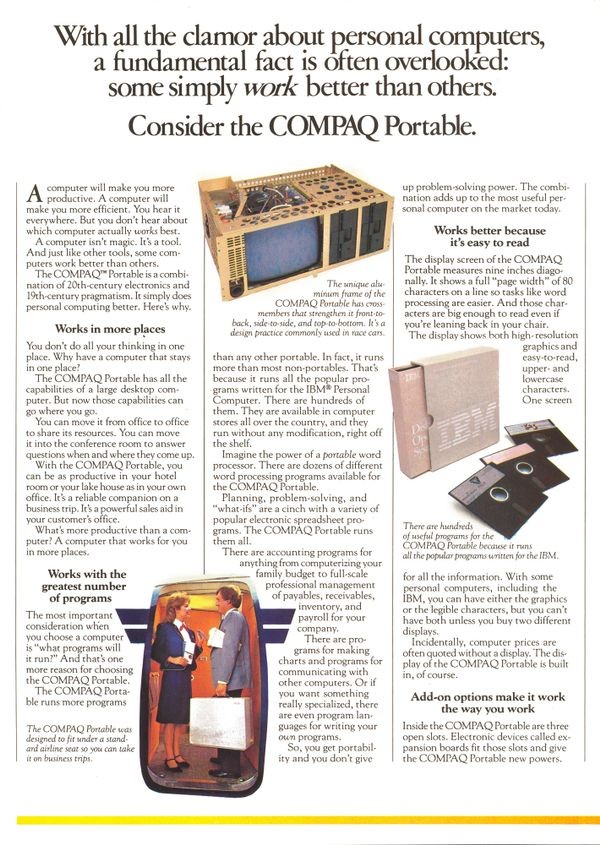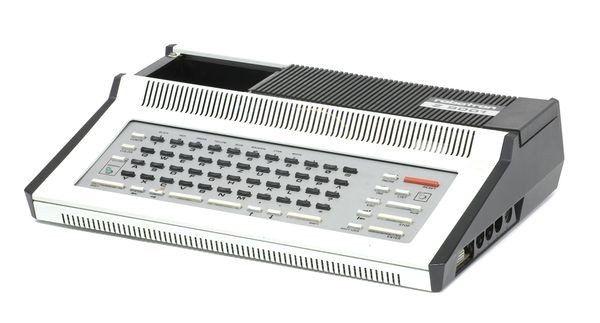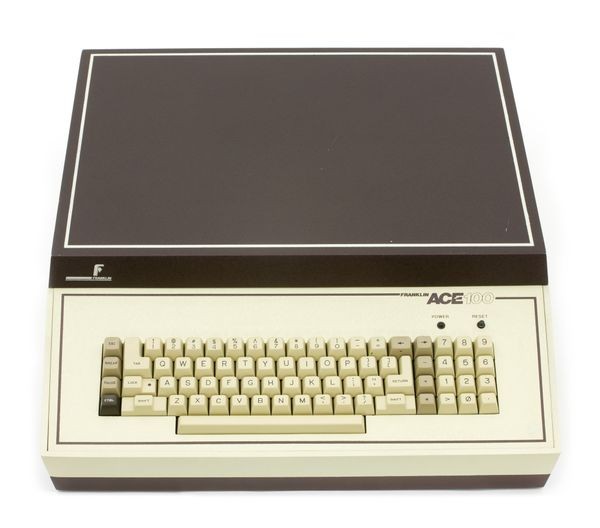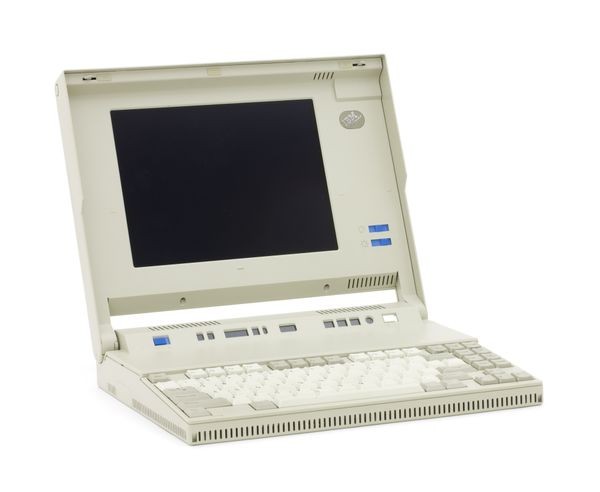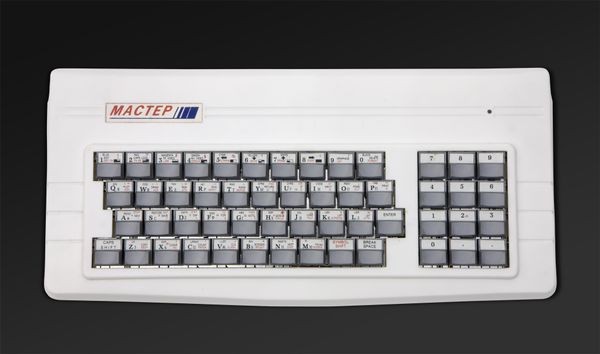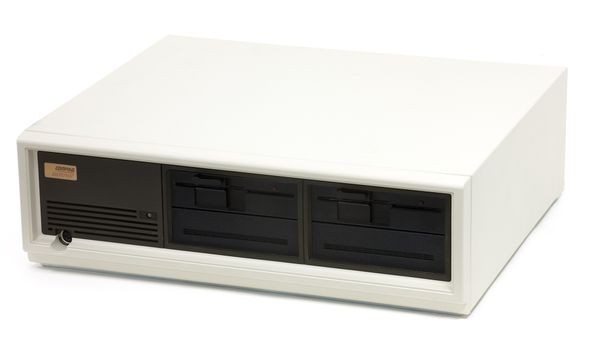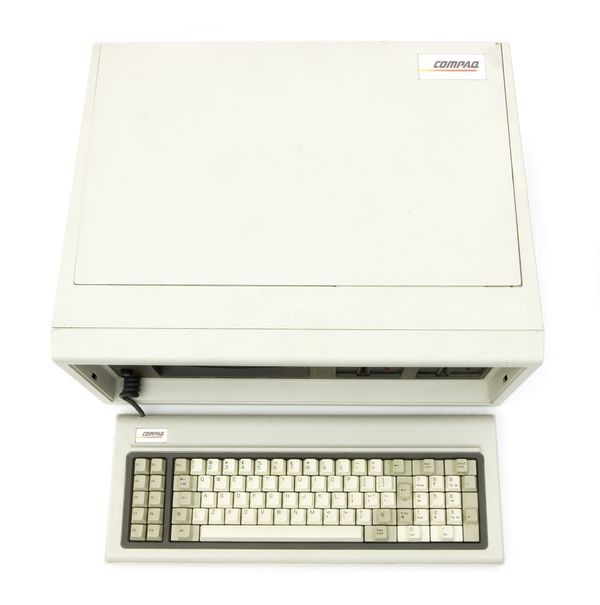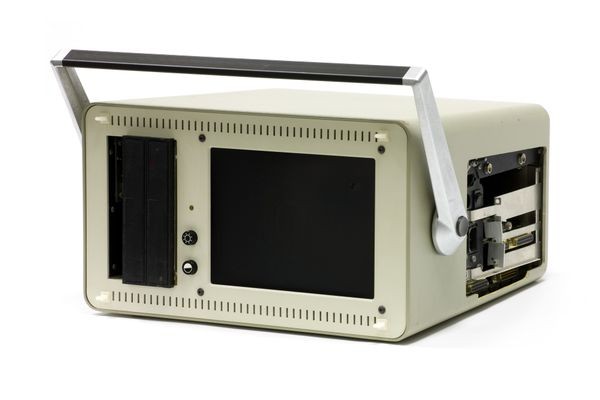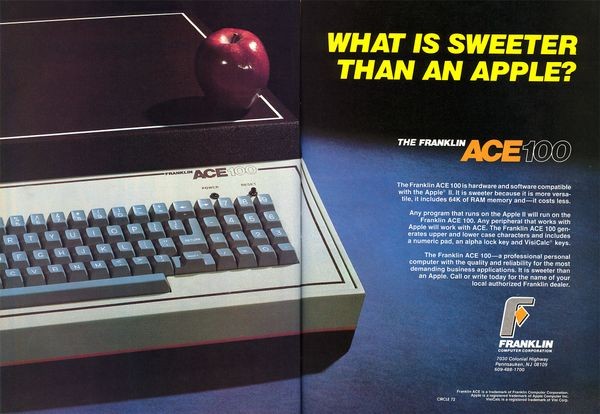Send in the Clones
Eagle personal computer
Eagle released its clone less than a year after the IBM PC. IBM swiftly sued Eagle for copying its “basic input-output system” (BIOS) software. As part of the settlement, Eagle halted manufacturing, independently engineering a BIOS to replace IBM’s.
Send in the Clones
Capitalizing on IBM’s success, others began making compatible computers—which IBM tolerated. This had profound impact on the PC market…and on IBM.
With numerous computers using IBM’s design, programmers concentrated on “IBM-compatible” software, an incentive for customers to choose PCs. But clones eroded IBM’s sales. By the mid 1980s, IBM was losing its lead in a market it had created.
The Sincerest Form of Flattery?
From the earliest days of computing, innovators were quickly followed by imitators.
In the 1960s, Eastern European nations often copied western computers. In the 1970s, Apple II imitations proliferated worldwide—though Apple’s legal victory over Franklin Computer’s clone established the legal principle that operating software embedded in the machine was protected by copyright.
IBM’s PC inspired copycats in the 1980s, many licensing MS-DOS, the foundation of IBM’s operating system. Their ability to run software written for the IBM PC, combined with IBM inroads into the business market, reinforced the dominance of “IBM compatibles.”
Olympian-S Computer
This “Computer for Education and Games” was an illegal clone of the Sinclair ZX Spectrum. This was nothing new. Cloning of western computers by Eastern Bloc countries dated from the days of mainframe computers.
View Artifact DetailColumbia personal computer
This was the first IBM PC clone, offering more memory and expansion slots. Columbia avoided a copyright lawsuit by having its engineers recreate equivalent BIOS software in a “clean room” environment without looking at IBM’s code.
View Artifact DetailOutbound Notebook System
This portable computer, a clone of Apple’s Macintosh, was lighter and cheaper than Apple’s portable. But to avoid copyright infringement, the customer was expected to “borrow” ROM chips from an authentic Macintosh.
View Artifact DetailCompaq Portable advertisement
Compaq promoted its Portable to businessmen on the go. Portability was the key feature…because IBM didn’t have it. Software? All Compaq needed to say was, “it runs all the popular programs written for the IBM Personal Computer.”
View Artifact DetailRobotron Z9001
The Robotron Z9001 was the first computer in a series that used the U880 microprocessor, a clone of the Zilog Z80. Many games were created for the Z9001, but the computers were mostly used in schools and government institutions.
View Artifact DetailFranklin Ace 100
Franklin released this clone of the Apple II in 1982, almost five years after the original. Apple won a copyright lawsuit against Franklin, which eventually switched to making handheld computers instead.
View Artifact DetailIBM Personal System/2 (PS/2)
Perhaps regretting having lost control of the PC market by allowing others to build compatible computers, IBM tried switching to a new proprietary standard, PS/2. It failed, as did the OS/2 operating system announced at the same time.
View Artifact DetailMASTER personal computer
The MASTER was another clone of the UK’s Sinclair ZX Spectrum.
View Artifact DetailHyperion computer system
Hyperion was an IBM PC-compatible portable that shipped before the more famous Compaq Portable. It lost out, however, by being more expensive, less reliable and unable to run all of the PC’s programs.
View Artifact DetailCompaq Deskpro 286
Compaq produced its popular IBM-compatible “Deskpro” computers, aimed at the business market, from 1984 until after the company’s merger with Hewlett-Packard in 2002.
View Artifact DetailCompaq Portable
The success of this Compaq Portable inspired many other early IBM-compatible portables. Compaq licensed MS-DOS from Microsoft and legally reverse-engineered IBM’s BIOS software. It sold more than $150M worth of these computers in their first year.
View Artifact DetailIBM PC-compatible portable prototype
Lee Felsenstein created this prototype portable IBM PC-compatible almost a year before the Hyperion and Compaq portables appeared. He was a founding member and moderator of the Homebrew Computer Club and designed the Sol Terminal Computer and the Osborne-1.
View Artifact DetailFranklin ACE 100 advertisement
In 1982, Franklin unabashedly copied the Apple II design. Apple sued. Franklin initially won because the software wasn’t printed and didn’t have copyright notices. But the decision was reversed on appeal, and is frequently cited as precedent in copyright lawsuits.
View Artifact DetailTurbo personal computer
University of Texas at Austin student Michael Dell founded PCs Limited in 1984 to sell made-to-order PC-compatible computers through the mail. The company later renamed itself Dell Computers and become one of the world’s largest PC sellers.
View Artifact Detail